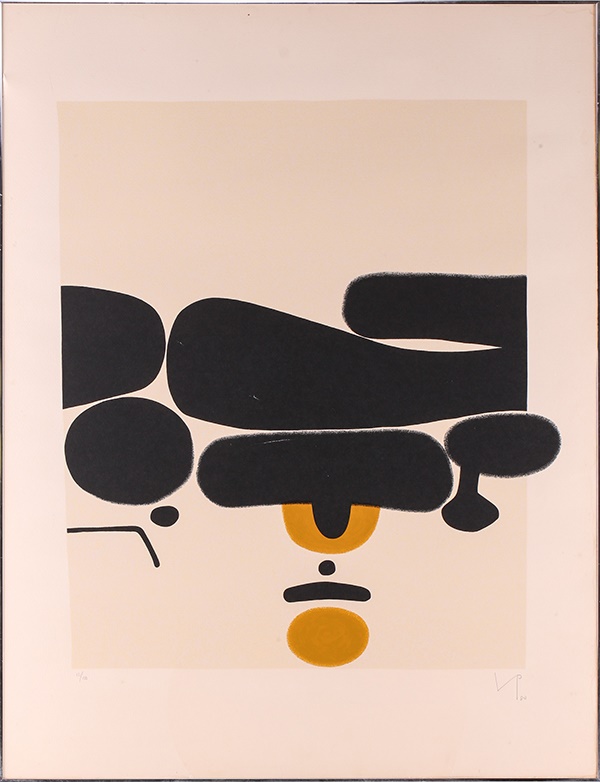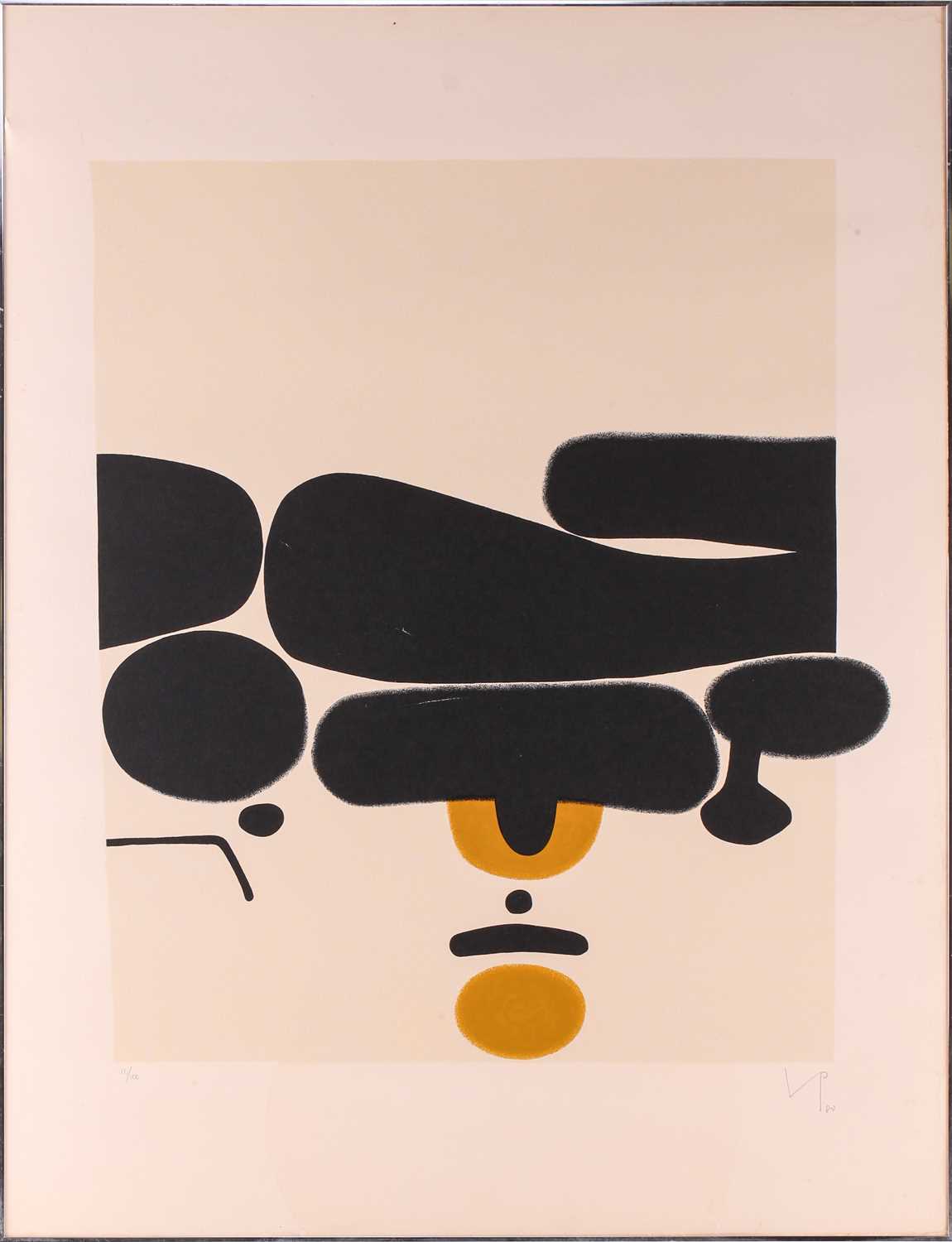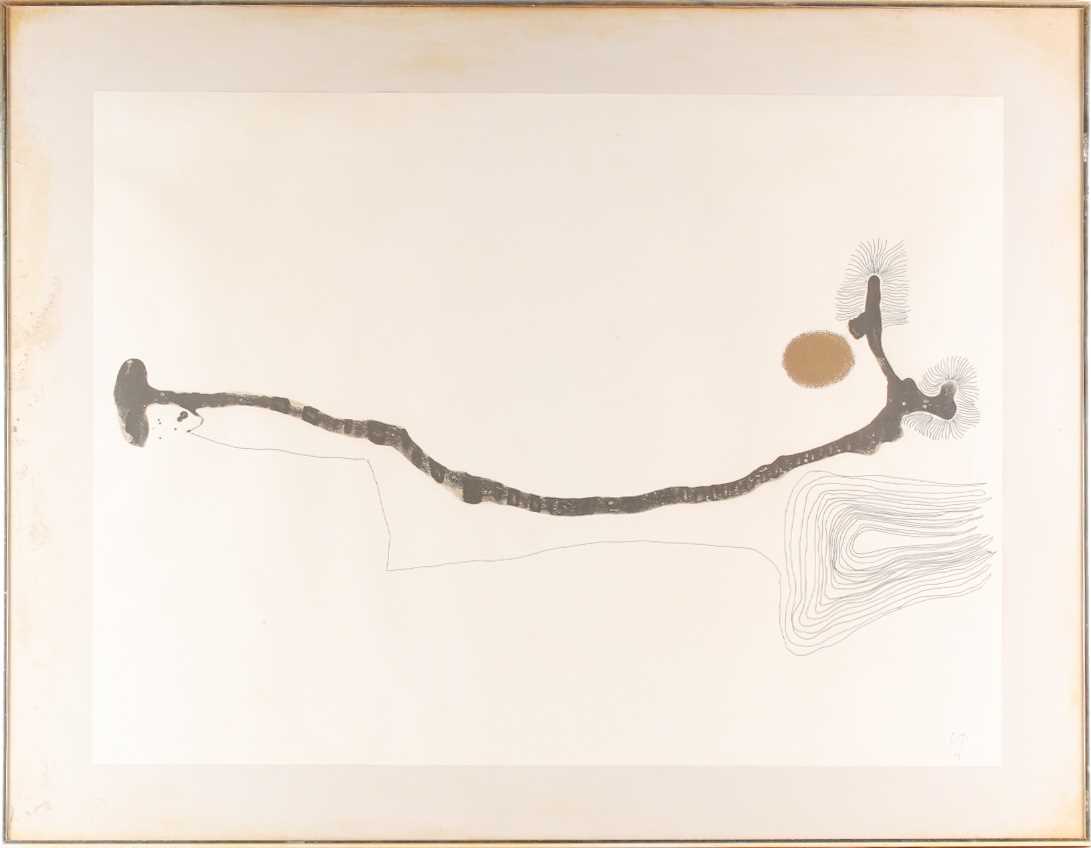victor pasmore
Edwin John Victor Pasmore (British, 1908-1998) was initially famed for his representational still life and landscape paintings but later became one of the pioneers of abstract art in Britain during the 1940s and 1950s. His experimentation with abstraction led him to produce more figurative interpretations of the River Thames from Hammersmith, much like the styles of Tunrer and Whistler. In 1937, Pasmore founded the Euston Road School with William Coldstream, Graham Bell and Claude Rogers, educating students on the style of Cézannesque realism that he had employed in many of his own portraits and landscapes.
Retrospective exhibitions of Pasmore’s work have been held in at the ICA in 1954, the Cambridge Arts Council Gallery in 1955, and he represented Britain at the 30th Venice Biennale in 1960, with an exhibition that toured Europe. In 1964 he was awarded the Carnegie Prize. Today, his works are displayed in the collections of The Museum of Modern Art in New York, the Yale Center for British Art in New Haven, the Deutsche Bank Collection, and the Tate Gallery in London.





